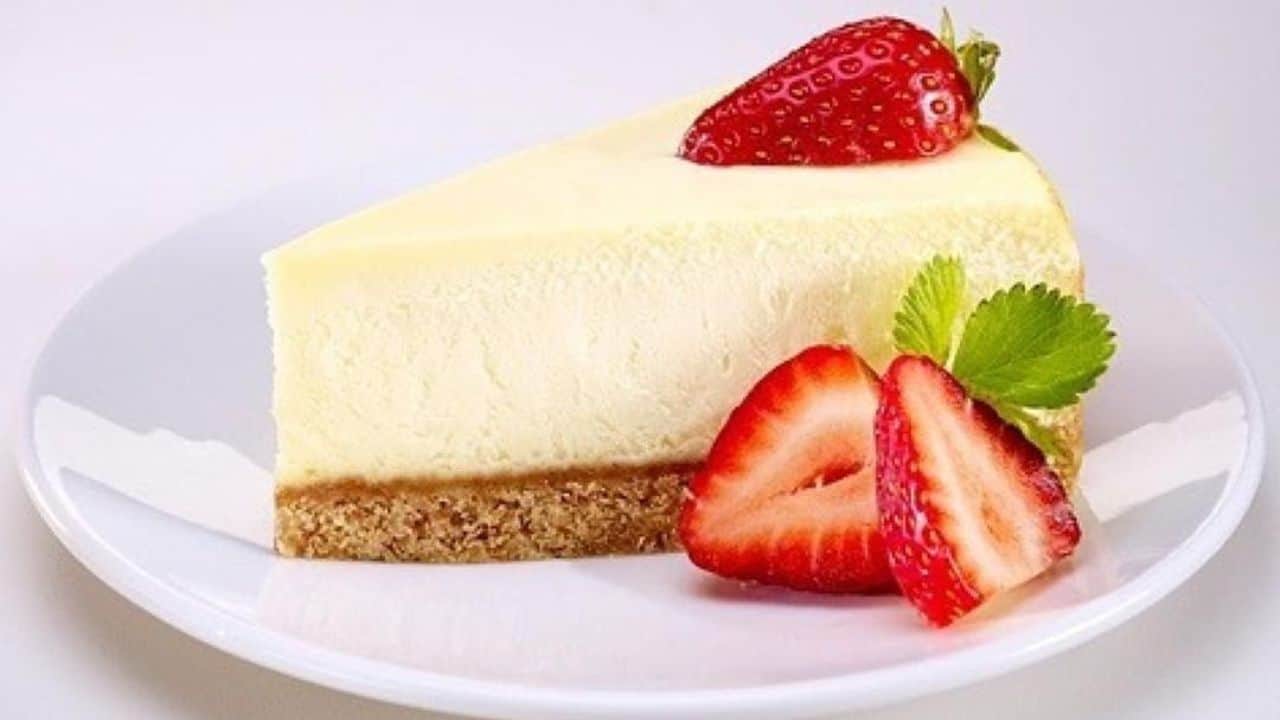Shavuot – Cheesecake, Converts and Fruits
Milk and Honey
It is customary to eat dairy foods on Shavuot. Some explain this as one component in re-enacting Sinai. Having just received the laws about kosher food, the Jewish people had no choice but to limit themselves to easily prepared dairy or plant based foods, as opposed to meat that would require kosher slaughter, salting and other preparations before it could be eaten. Some have the custom to eat milk and honey, because the Torah is compared to their sweetness and pleasure. As it says in Song of Songs
Honey drops from your lips, O bride, honey and milk are under your tongue.
Milk and honey also symbolize the idea that the Torah teaches us how to live in harmony with the physical and spiritual worlds. “Its ways are ways of pleasantness and all its paths are peace.” Milk and honey are both foods that do not require the taking of life or even the interruption of growth to be obtained. They, like the Torah, are in harmony with nature.
The Scroll of Ruth
During the morning service on Shavuot we read the Scroll of Ruth, Megilat Rut. It tells the story of Ruth, a Moabite woman who converted to Judaism and became the epitome of a righteous convert. Why was this scroll chosen for the festival of receiving the Torah? Some explain that Ruth’s tremendous self-sacrifice in abandoning her country, her wealth and her comfort in order to become part of the Jewish people, is a lesson to us all about priorities in life. Ruth teaches us that the truth of Torah is worth any sacrifice. If necessary, we too must be ready to give up what we erroneously thought was valuable for that which is truly valuable, the Torah.
Another possible explanation is that on Shavuot we all look upon ourselves as converts to Judaism. When the Jewish people came to Mt. Sinai they unconditionally accepted the entire Torah and God’s sovereignty. They purified themselves, the men were circumcised and the entire people entered into a covenant with God. Each of these steps is repeated by every convert to Judaism, in order to recreate the experience of Mt. Sinai, which is necessary to become Jewish. All the laws governing conversion are actually derived from the “mass conversion” of the Hebrews who came out of Egypt and became the Jewish people. It is appropriate, therefore to read the story of the prototype of the righteous convert, Ruth, to see the greatness that she achieved despite her pagan background. In fact, Ruth’s great-grandson King David, who was born on Shavuot will be the one to whom the Messiah will ultimately trace his lineage.
The First Fruits – Chag Habikurim
Shavuot was also the time when the first fruits, Bikurim, were to the Temple in Jerusalem from all over Israel. The Torah commands us, “The choicest first fruit of your land you shall bring to the House of the Lord, your God…” and in fact, Shavuot is identified in the Bible as the Festival of the Harvest.
Offering the first fruits is perhaps one of the ultimate expressions of gratitude to God. A farmer works hard for months, even years, in order to produce a crop. Obviously, his joy at seeing the first fruits of his labor must be incredible. Instead of keeping those fruits and celebrating his own achievements, he brings them to Jerusalem and gives thanks to God for His benevolence. He recognizes that even with all his work, his success is totally dependent on God. The rain, the wind, the climate and the water are all beyond his control. Therefore, as he plants the seeds he must have faith and gratitude when he harvests the fruits.
This festival was a major event in ancient Israel full of pageantry and beauty, as described in the following selections from the Mishnah:
A man would go down to his field and see a fig growing, a bunch of grapes forming or a pomegranate that ripened; he would tie a string around the fruit and would say, “These are bikurim.” People from small villages would gather together in a central location… and the appointed person would declare, “Let us get up and go to Zion, to the House of the Lord, our God.”… Those closest to Jerusalem would bring (fresh) figs and grapes; those from further away would bring dried figs and raisins. An ox with gold covered horns would walk before them and it would be adorned with a wreath of olive branches on its head. Flutes would be played in front of the procession until they came close to Jerusalem. When they neared Jerusalem they would send messengers to the city… the leaders and officers would come out to greet them… and all the workers and tradesmen of Jerusalem would stand and greet them, saying, “Our brothers from …., you have come in peace.” They would be accompanied by music until they came to the Temple Mount… then they would take their baskets on their shoulders and bring them into the courtyard of the Temple… The Levites would sing, “I will exalt You, God, for You have drawn me up and not let my foes rejoice over me… As each person would give his basket to the priests he would read the section of the Torah from “I declare today to the Lord, your God, that I have come to the Land that God swore to our forefathers to give us…” until the end of the section, “He brought us to this place, and He gave us this Land, a Land flowing with milk and honey. And now, behold! I have brought the first fruit of the ground that You have given me, O God!”
Unfortunately, due to the absence of the Temple this mitzvah cannot be fulfilled today, and it has become a lesser known component of Shavuot. It is still commemorated however, in the Torah reading for Shavuot and in our festival prayers.
It is also customary to decorate synagogues and homes with flowers and branches on Shavuot, because that is the time that God judges the Jewish people regarding the success of their fruit trees. In addition, Rabbi Hirsch points out that just as on Shavuot the first summer fruits ripen, so too, the Jewish people “ripen” as a nation. The seeds of our nationhood were planted at the Exodus, but we only truly ripened into a mature nation when we received the Torah on Shavuot.

